Frozen’s ice queen commands ice and snow — maybe we can too
Fingertips that set off snowflakes may be easier to swallow than Elsa’s command over ice
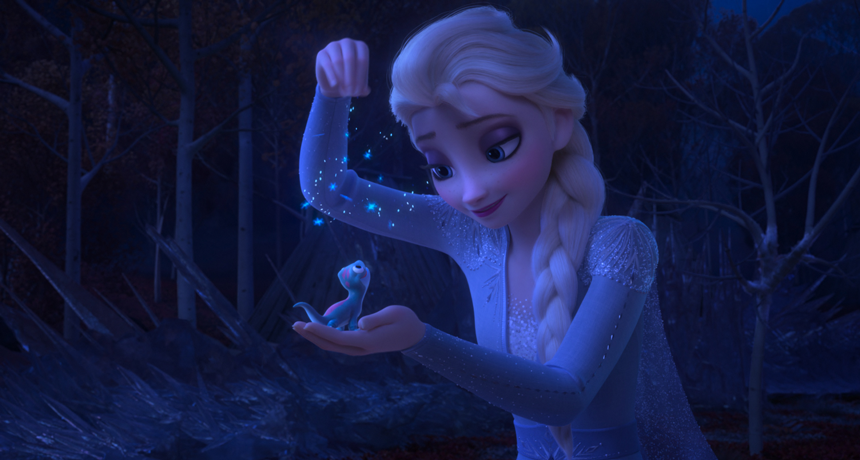
Elsa sprinkles snowflakes on her salamander friend. Perhaps her magic touch is what kicks off snowflake formation, taking cold humid air and turning it into ice crystals.
© 2019 Disney. All Rights Reserved.
In Frozen II, the ice queen Elsa returns with her magical command over snow and ice. Snowflakes sprinkle from her fingertips. She can blast ice to fight flames. Perhaps she’ll even outdo her feat in the first movie of conjuring a towering ice palace. But how closely does Elsa’s icy touch approach reality? And would a colossal ice castle even hold up?
In our world, physics-wielding scientists can concoct snowflakes. And Elsa isn’t alone in building with ice. Architects can make fantastical structures from ice, too. Some may even be out of this world.
It takes three ingredients to make snow. “You need cold. You need humidity and some way to get the process started,” explains Kenneth Libbrecht. He’s a physicist at California Institute of Technology in Pasadena. Disney turned to this snowflake expert as a consultant for Frozen.
As ice crystals, snowflakes form only when it’s freezing. But temperature plays into the flakes’ shape. Elaborate branching patterns only form around –15º Celsius (5º Fahrenheit), Libbrecht notes. “That’s a very special temperature.” Warmer or cooler and you get other shapes — plates, prisms, needles and more.
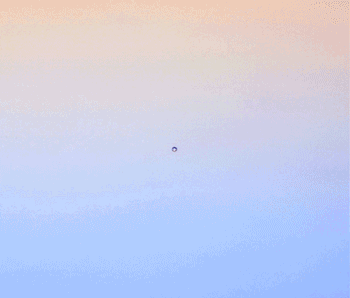
When humidity is high, the air contains a lot of water vapor: “100 percent humidity is when everything is just wet,” he explains. High humidity makes conditions ripe for snow. But to kick off the process, snowflakes need nucleation (Nu-klee-AY-shun). Here, that means bringing water vapor molecules together to form droplets, usually by condensing onto a particle of dust or something else. Then they freeze and grow. “It takes about 100,000 cloud droplets to make one snowflake,” he says.
In the lab, Libbrecht can spur snowflakes in several ways. For instance, he can let compressed air out of a container. “Parts of the air in that expanding gas go to really low temperatures, like –40 to –60 [°C].” That’s –40 to –76 °F. At those temps, fewer molecules need to unite to start a snowflake. Dry ice, popping bubble wrap and even zaps of electricity can also do the trick.
Maybe Elsa’s fingertips kick off snowflake growth. “That could be the magic that Elsa does,” Libbrecht says. She has another advantage over nature — speed. Libbrecht’s snowflakes take some 15 minutes to an hour to grow. Snowflakes tumbling through the clouds take a similar time.
Elsa’s ice castle also has a time issue. In the space of around three minutes, while Elsa belts out “Let It Go,” her palace stretches to the sky. It’s not realistic to think someone could remove heat from a lot of water fast enough to freeze it like this. In fact, Libbrecht notes, “There’s clearly not that much water in the air.”
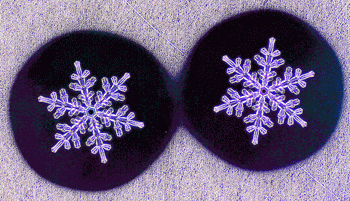
Cracking, creeping, melting
But if we let all that go, how does the ice castle hold up?
Obviously, ice melts when it’s warm. Melting aside, the palace still might not be all that solid — structurally anyway. Ice is brittle. A sheet of it shatters when hit by a hammer. Under pressure too, ice can crack and shatter, notes Mike MacFerrin. He’s a glaciologist at the University of Colorado Boulder. There, he studies ice that forms from compacted snow. “If you’re trying to construct a large building … it’d be very hard to get ice to [hold a lot of weight] without cracking,” he says.
And even below freezing, ice softens as it warms. It also can deform under pressure. This is what happens with glaciers. Ice at the bottom will eventually deform under a glacier’s weight, MacFerrin says. This is called creep and is “the whole reason that glaciers flow.”
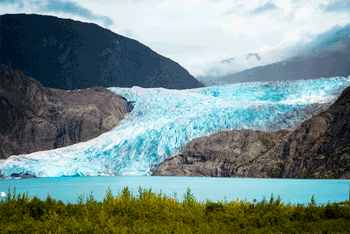
Something like this could happen to the ice palace, especially if it’s tall and heavy. With soft and creeping ice at its base, “the entire building is going to start shifting and leaning and cracking apart,” he says. That castle might last only months. A small igloo would last longer since it’s not under as much pressure.
Elsa probably should also have a backup igloo, says Rachel Obbard. She’s a materials engineer at the SETI Institute in Mountain View, Calif. Elsa’s castle looks to be a single crystal. A crystal of ice is weaker in some directions than others. But in an igloo, “each block has thousands of tiny ice crystals in it, each turned a different way,” she explains. So no one direction would be weak as it likely would be in this castle. If hit from the side, thin parts of the castle would likely break, she says.
“Elsa could strengthen her castle by adding a second material — kind of like the oatmeal in an oatmeal cookie,” Obbard says. And people have been doing that for some time.
Call in the reinforcements
In World War II, with steel in short supply, the British hatched a plan to build an aircraft carrier with a hull made from ice. They thought it could get planes within striking distance of their targets. Scientists discovered they could strengthen ice by reinforcing it with wood pulp. This mashup of ice and pulp was named “pykrete” — after Geoffrey Pyke. He was one of the scientists who developed it.
A prototype pykrete ship was made in 1943. The real ice ship was supposed to be more than a mile long. But plans for it sunk for many reasons. Among them was the ship’s high cost.
Pykrete still inspires some architects. One is Arno Pronk of Eindhoven University of Technology in the Netherlands. His team builds structures — building-sized domes, towers and other objects — with ice mixtures. Because the materials are cheap and the structures temporary, you can do a lot of experiments, he says.
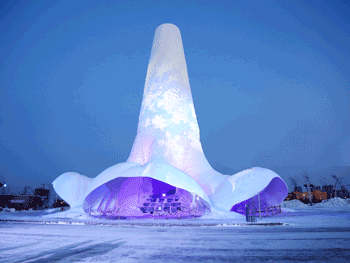
“If you reinforce [ice] with cellulose, like sawdust or paper, it becomes stronger,” Pronk notes. It also becomes more ductile, which means a material will bend or stretch before it breaks. Ductile is the opposite of brittle.
In 2018, Pronk’s team made the tallest ice structure yet. This Flamenco Ice tower in Harbin, China was some 30 meters (almost 100 feet) tall!
The team first made a large inflatable structure filled with air. Then, they sprayed liquid pykrete over it — this time, a mix of water and paper fiber. Its structure stabilized as the water froze. It took around a month to build. Though tall, its walls were thin. Right at the foundation, the walls were 40 centimeters (15.75 inches) thick. They tapered to a mere 7 centimeters (2.6 inches) thick at the top.
The team is planning another tower to top its record. But other scientists are thinking about making otherworldly ice structures. These researchers are figuring out what it might take to build an ice habitat on Mars for human explorers. Ice walls might even help protect astronauts, because ice can block radiation. Plus, people wouldn’t have to haul water from Earth. Ice is already found on Mars.
Though still only a concept, “our ice home is not science fiction” says Sheila Thibeault. She’s a physicist at the NASA Langley Research Center in Hampton, Va. The current idea is to encase the ice in plastic, she says. This would help give the ice some structure. And it would keep the material in if temperatures caused melting or the ice to turn directly to water vapor. (Some sites on Mars can get above freezing.)
Perhaps Elsa could help freeze ice for the Mars habitat. And she’d probably be at home there. You know, since the cold doesn’t bother her anyway.







